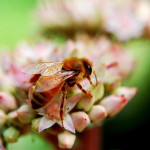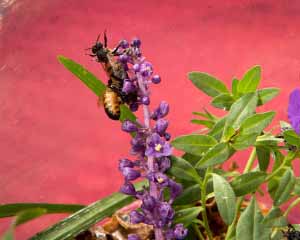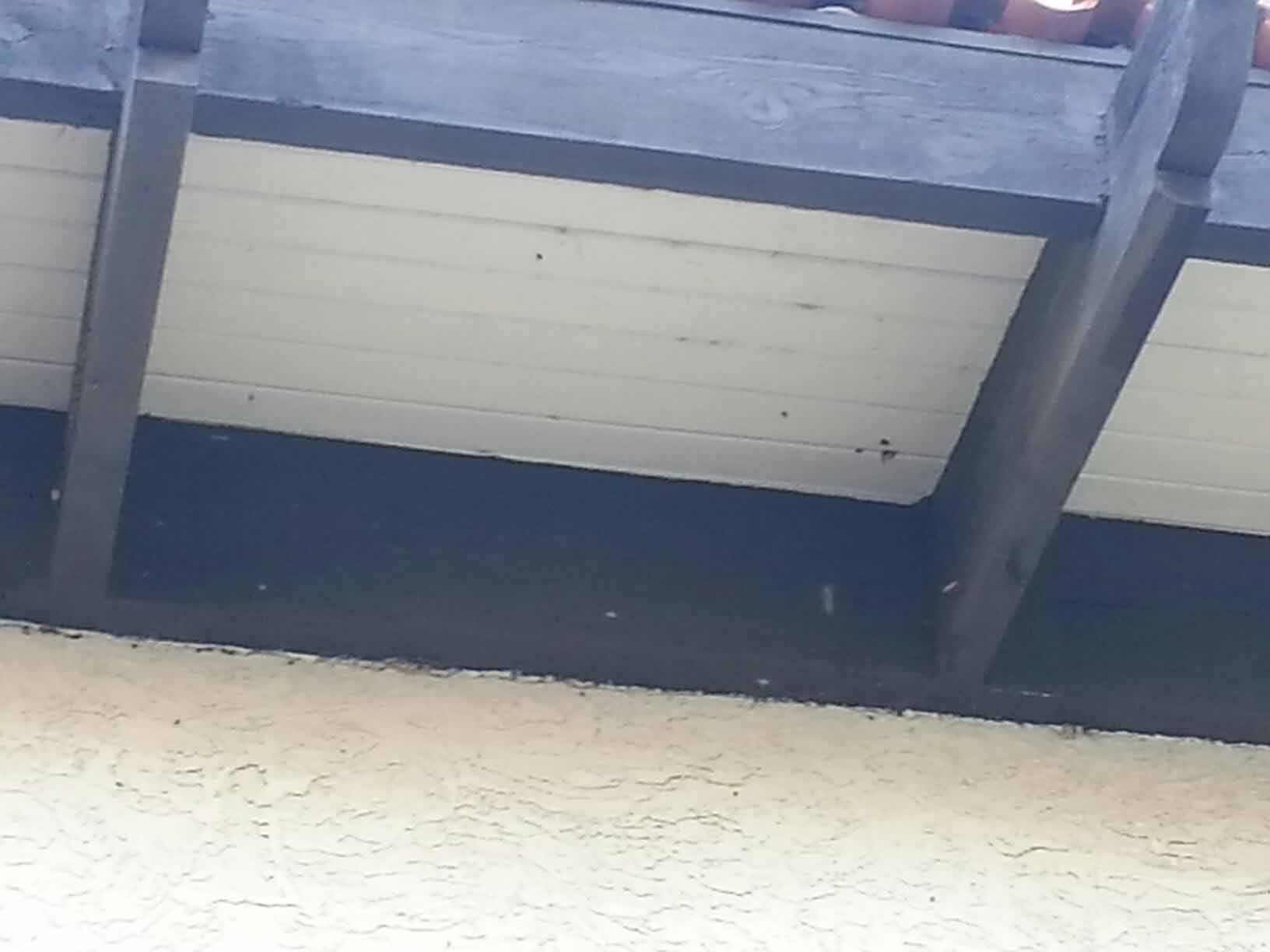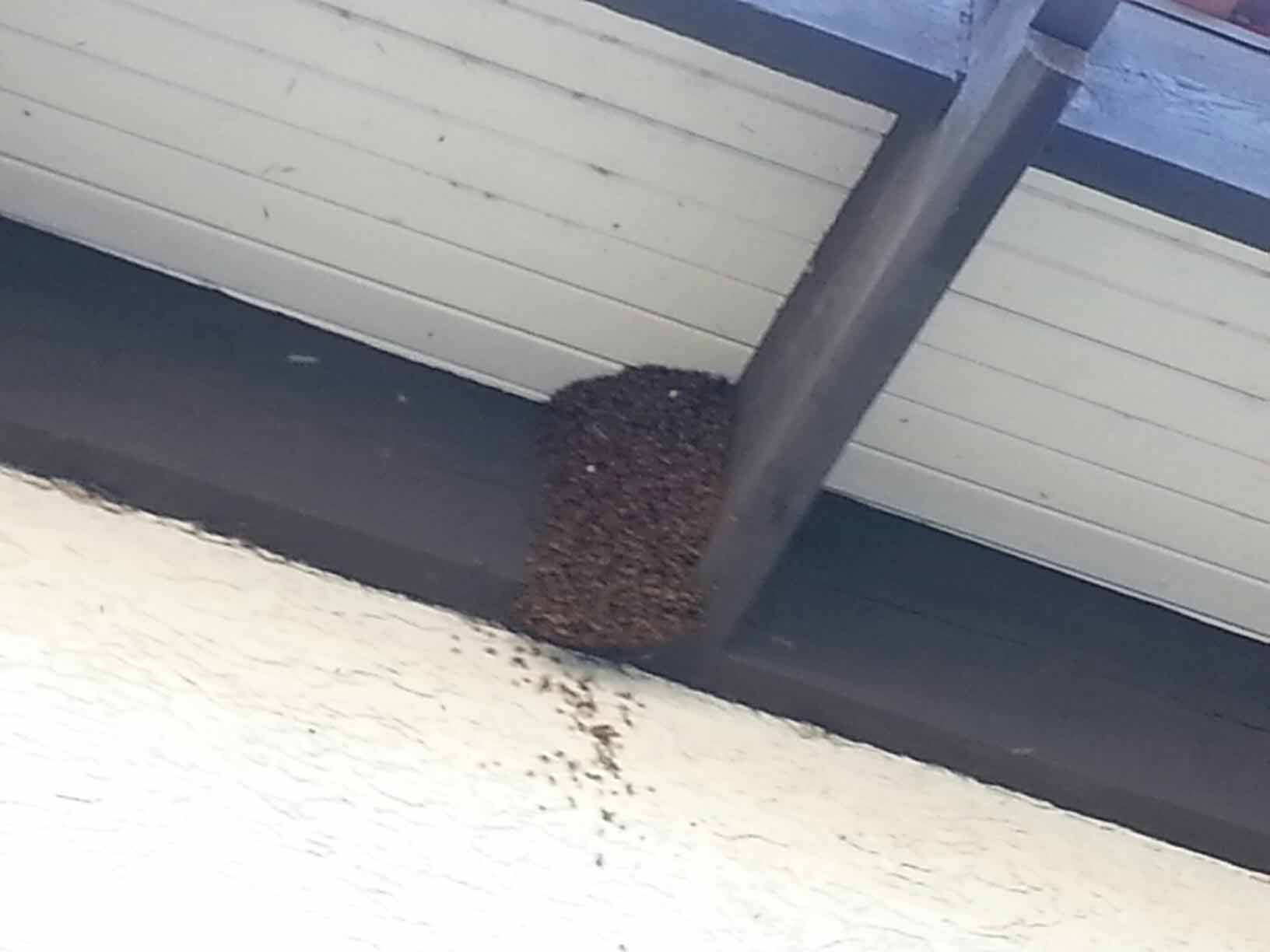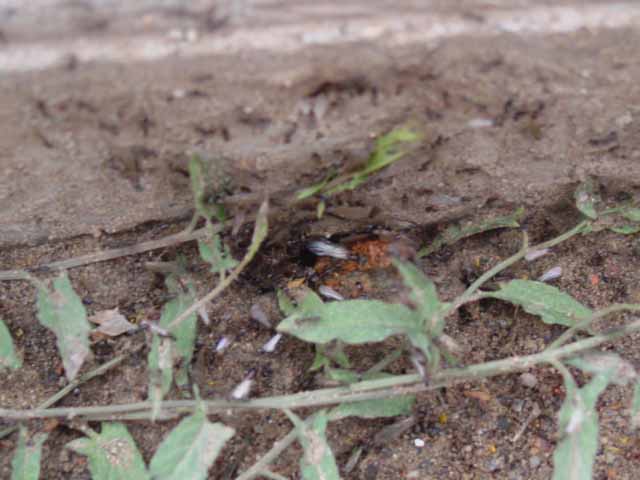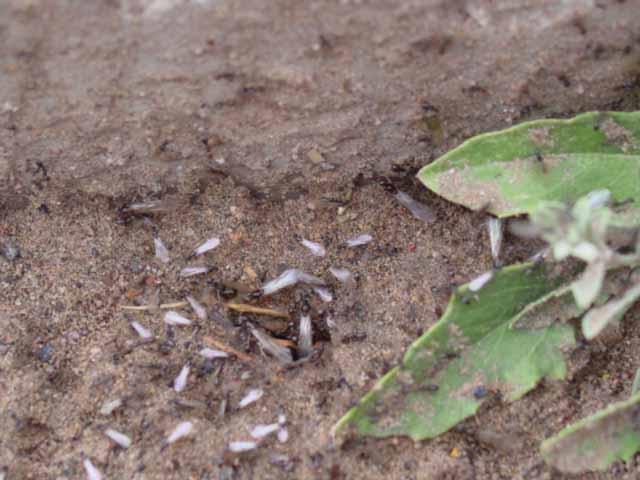Water Fountains and bees
Anytime we think we are safe in the water, wait that was the Shark headline. Honeybees need water just like us and they will take it from anywhere they can find it. Water fountains aren’t the perfect place and neither are swimming pools. Swimming pools can be a sting of a place if you surface and the bee tags along she may decide to sting you and ouch.
This circumstance is difficult to adjust, the bees don’t want to move and generally speaking they won’t. I have tried placing a water dish with stones so they can get a drink, gradually moving it away from the other source.




